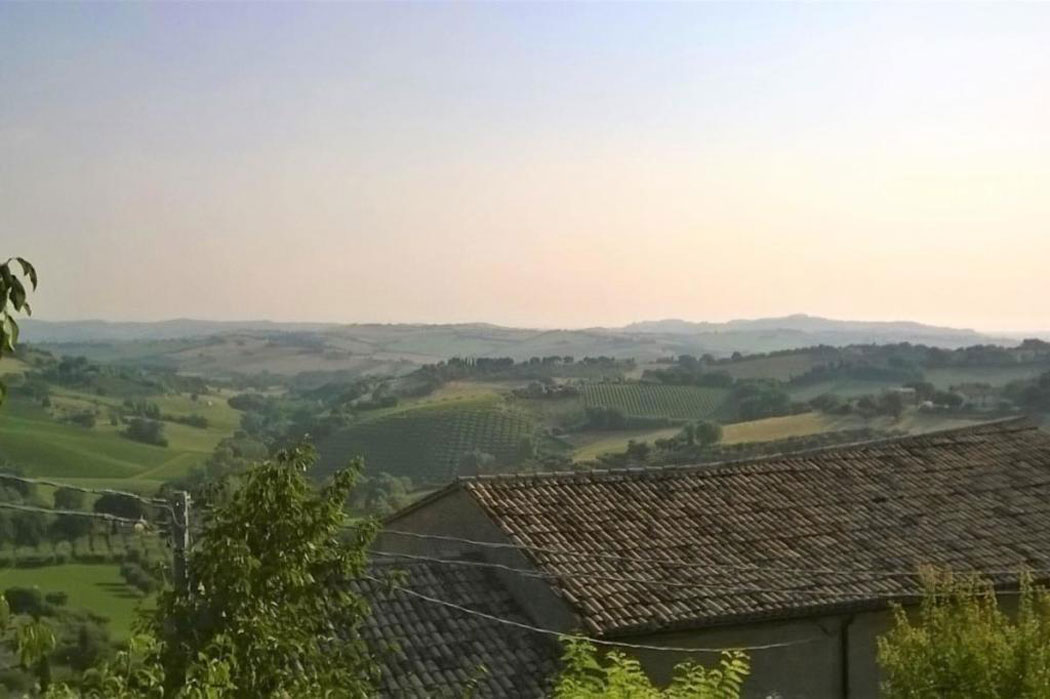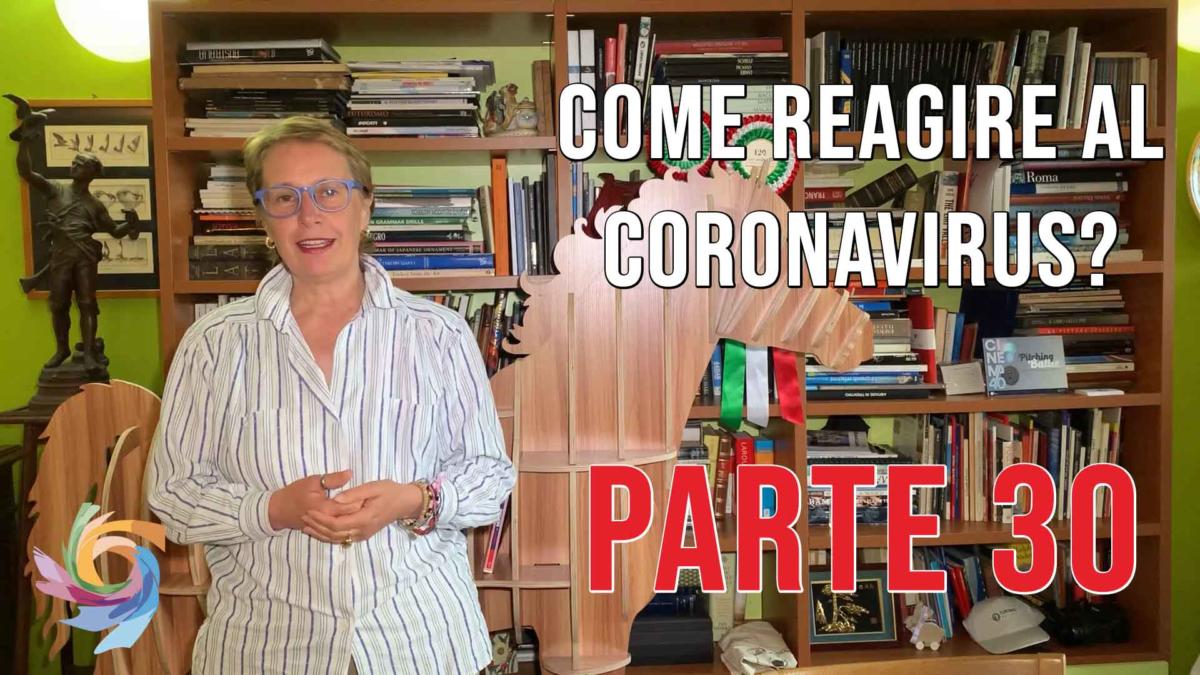

Cartoceto is a charming medieval village in the middle of an expanse of olive groves and vineyards, on a soft hill in the Metauro Valley of the Marche region.
Not many events of its ancient history are known, when this part of the Marche was inhabited by the Senoni Gauls. Certainly the Romans arrived in Marche through the nearby Via Flaminia and the decisive battle of the Second Punic War between the Romans and the Carthaginians was fought in the Metauro Valley.
A local legend says that its name derives from some Carthaginians who remained to live in the place giving rise to a small settlement.
In the Roman period, urban centres were located on the valley floor near roads such as via Flaminia and Via Gallia Senonia and remains of villas were found (which today we would define as agricultural centres) and a post station for changing horses in the hamlets of Calcinelli and Tavernelle.
In 1946, two farmers uncovered in the fields one of the most important bronze finds covered in gold leaf of Roman origin. It consisted of 4 statues with faces erased by hammers, for a total of 9 quintals of weight: two men on horseback and two women. They are said to refer to Nero and Drusus III and to Livia and Agrippina Minore, but they are only guesses. Others think that they depict a family from the Marche region. The whole complex is now preserved in the Pergola Museum.
During the empire the whole territory became part of the Regio VI Umbria and Ager Gallicus which included the current Umbria and Northern Marche. With the fall of the Roman Empire and the arrival of the Goths first and then of the Byzantines, the population sought refuge within fortresses located on the heights and in the sixth century the first nucleus of Cartroceto began to form.
At the same time the church began its administrative organization of the territories with the definition of the episcopal dioceses while the monks began to gather in small churches called parish churches or small monasteries and there they guarded knowledge.
In the VIII century with an agreement between Longobardi and Franks the Papal State was born. The church divided into areas or castles and the main town of the area was Fano.
Thus feudalism began and in some documents of the thirteenth century the castle of Cartoceto is mentioned among the possessions of the Fano countryside, one of its 15 castles. The neighboring lordships were fighting against each other to expand their territory and the area of Fano was disputed above all between the Montefeltro of Urbino and the Malatesta of Rimini.
In 1343, after a battle, Fano and its countryside passed under the control of the Malatesta family who transformed Cartoceto's initial defensive construction into a real fortress.
Next to the fortified castle, Cartoceto became famous since about 1200 for the cultivation of olives and the production of oil.
The Papal States also tried to expand and maintain control of the whole area, and defeated Galeotto Malatesta in a clash. The diplomatic outcome, however, was the oath of this lordship to the pope who maintained his autonomy within the Papal States.
The Malatesta family then ruled until 1463 when a rebellion in Fano led to a local government and a new organisation of the Rocca di Cartoceto. But the dominion of Fano was not painless and the taxes were very high especially to maintain an army of defence against the continuous attacks of the Turks on the coast.
A small square in Cartoceto is still called Piazza dei Turchi because from there one peered at the sea to spot the enemy.
This area of Italy then saw the emergence of the powerful figure of Cesare Borgia, known as Valentino, the son of Pope Alexander VI, who for 4 years sowed terror in the upper Marche and Romagna.
But the real disaster was the earthquake of 13 July 1572 which completely destroyed the fortress and changed the profile of the city. The city was reborn and in 1725 it was enriched by the splendid Teatro del Trionfo created by transforming a mill.
The arrival of the French troops, led by Napoleon who entered Pesaro in 1797, interrupted ordinary life and pushed Fano to give life to the Fanese Republic.
The French sacked and took away many works and had organized the area into areas, and Pesaro and Urbino had an apostolic delegate founded in Cartoceto. The small republic was suppressed after the French defeat and returned to the Papal States.
In 1861, Cartoceto entered the Kingdom of Italy with its decision under the guidance of a 25-year-old young Prior, Count Camillo Marcolini, who was hostile to the immobility of the church.
Today Cartoceto is known for its beauty, quality of life but above all for Cartoceto DOP Olive Oil, established since 2004, and since 1977 an important oil and olive oil market exhibition takes place every year.









Follow us